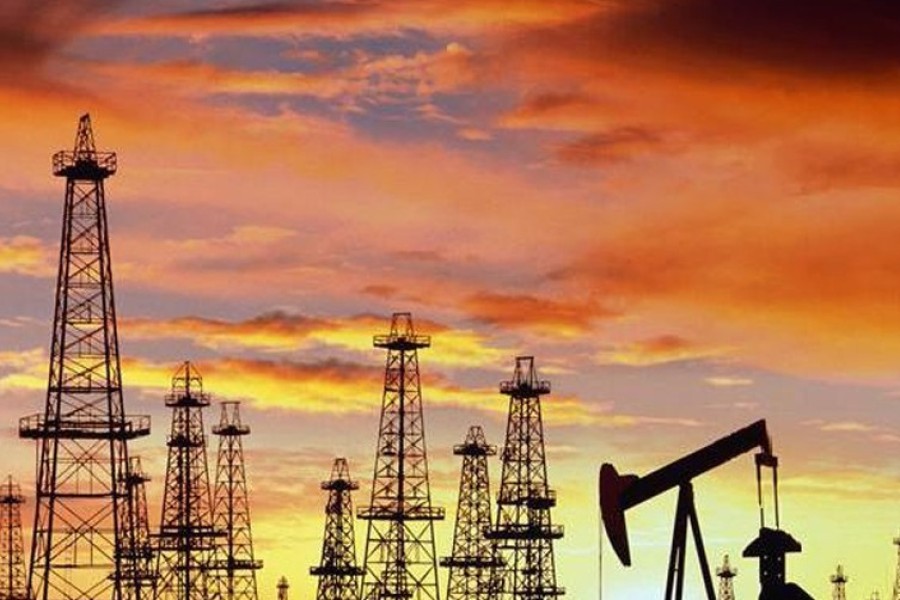Combustible Gas Detection Solution

By John Doe - 02/04/2025 - 0 comments
Combustible gases refer to substances that can ignite and are in a gaseous state under normal temperature and pressure. For example, methane, hydrogen, acetylene, ethylene, etc. Combustible gases have the general characteristics of gases. A combustible gas of a single component is called a single gas; a mixture of two or more combustible gases is called a mixed combustible gas. Combustible gases, when mixed with an oxidizer in certain proportions and under the action of an ignition source, can cause combustion or explosion. Combustible gases are encountered in daily life and industrial production, such as liquefied petroleum gas, natural gas, gas, coal gas, and biogas. In order to protect the safety of personnel and property, it is necessary to conduct real-time detection of the concentration of combustible gases in relevant places.
Combustible gas detection generally involves selecting a combustible gas detector based on the lower explosive limit (LEL) of the combustible gas at the site. The installation height needs to be determined according to the molecular weight of the gas. If the gas is heavier than air, it should be installed at a height of 30 - 50 cm from the ground; if it is lighter than air, it should be installed at a position above 2 meters.
